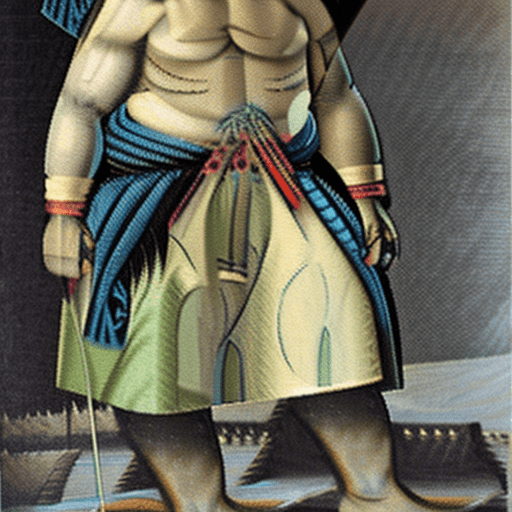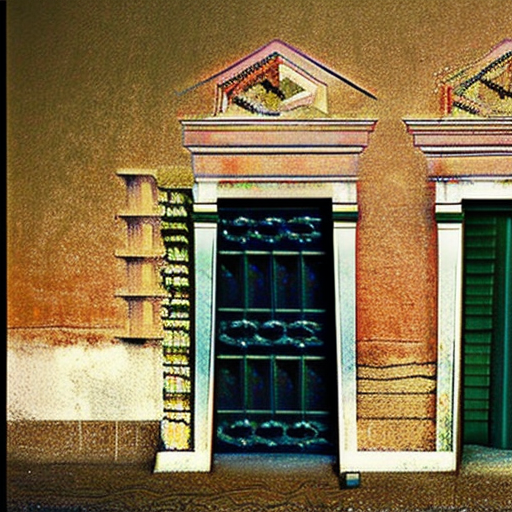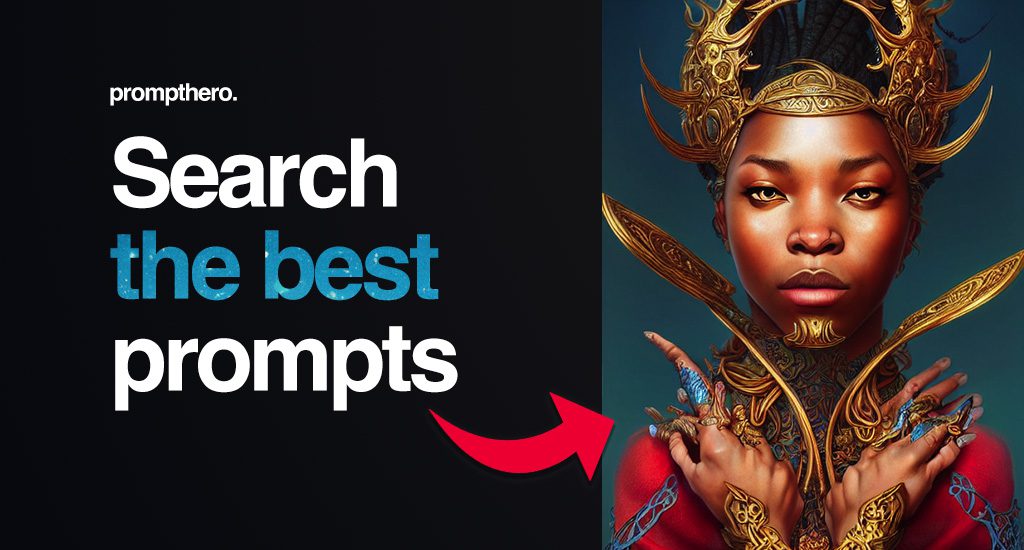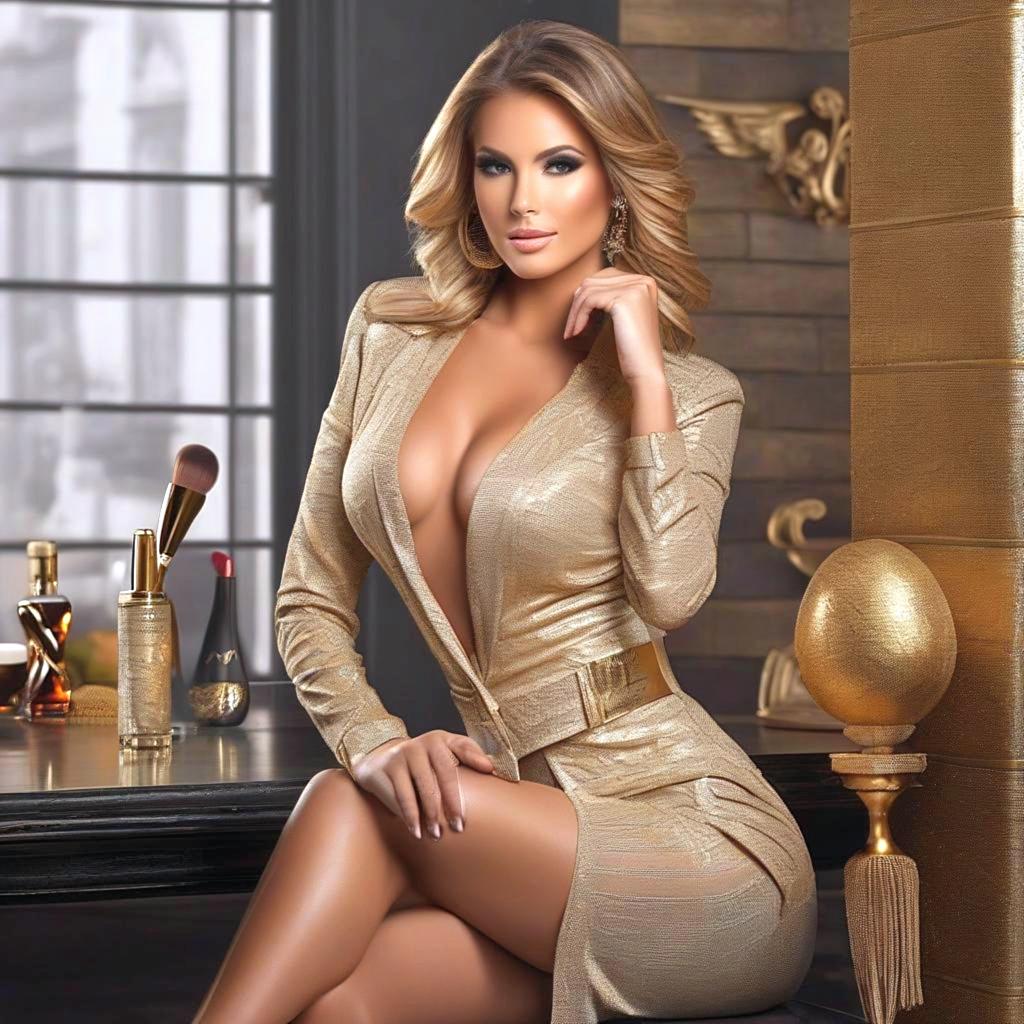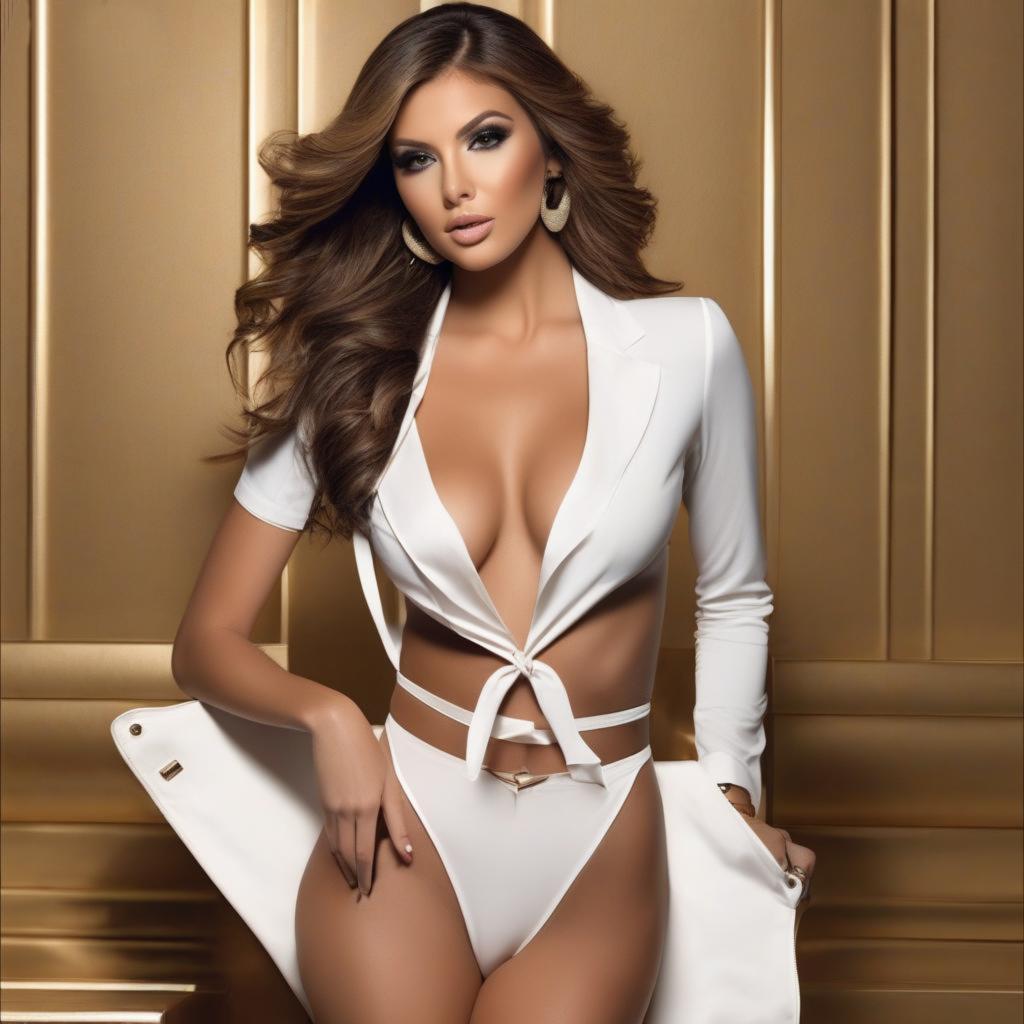A high-resolution image has captured the Hulk wearing traditional clothing of the Kök-Türks, a prominent Turkish tribal confederation known for establishing mighty empires in history. The attire adorned by Kök-Türks is deemed to have been heavily influenced by the ancient nomadic traditions that characterized their way of life on the expansive steppes they inhabited. Hailed for its practicality, the clothing assumedly offered the Kök-Türks protection and functionality essential to endure the harsh climatic conditions they encountered in their habitation on the vast steppe lands. It’s surmised that garments such as robust boots, wide trousers, and layerings of upper clothing may have been essential components of their outfits tailored to combat the challenging weather elements they faced. Moreover, as a civilization that greatly valued both aesthetics and functionality, colors and intricate patterns likely played a crucial role in the design of Kök-Türk clothing. The linguistic root of the term Kök-Türk itself provides a fascinating insight, as the Old Turkish term “kök” which can be interpreted as “blue” or “sky,” hints at a predilection for hues representing the vast expanse of the sky or incorporating celestial motifs in their attire.
In contemplating the historical context and origins of the Kök-Türk tribal apparel, it sheds light on both the pragmatic nature and the cultural richness woven into the fabric of their clothing. The image of the extraordinary Hulk bedecked in such traditional attire serves as a visual representation of the amalgamation of cultural heritage and the might of this ancient tribal confederation. Moreover, through the reconstruction of such intricate dress, it enables a connection to be established with the robust lifestyle and distinctive preferences of the Kök-Türks, thus fostering a deeper appreciation for their legacy and significance within the annals of history.
Such a visual representation not only showcases the unique attire donned by the Kök-Türks but also encapsulates the intricate complexities that defined their society and lifestyle. The fusion of functionality and aesthetic appeal evident in their clothing suggests a civilization with a keen eye for the marriage of practicality and beauty in their artifacts and daily attire. The portrayal of the Hulk in such garb evokes a sense of reverence for the culture and traditions of the Kök-Türks and underscores the lasting impact of their sartorial choices on understanding their ways of life and historical memory.
Furthermore, the visual cue in the image hints at a bygone era when civilizations treasured their connection to nature and the elements, a meaning intertwined with each intricate detail found in the traditional clothing worn by the Kök-Türks. It echoes a time when resilience in the face of formidable challenges was embodied in attire that shielded and supported individuals through their daily endeavors, framed within an environment at the mercy of the natural elements. As such, the serene blues and celestial motifs incorporated in their clothing not only allude to a stylistic choice but also speak to their spiritual and cultural relationship with the cosmos and the world around them that shaped their identity and worldview.
In conclusion, the striking image of the Hulk clad in traditional Kök-Türk clothing resonates as an intimate peek into the history and essence of a civilization no less mighty than the character itself. It embodies the enduring legacy of the hardships, triumphs, and rich cultural heritage of the Kök-Türks in their journey through time, harkening back to a period when attire spoke volumes about identity, functionality, and a steadfast connection to the natural world they roamed.

